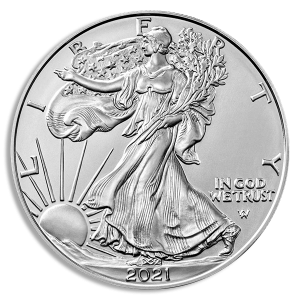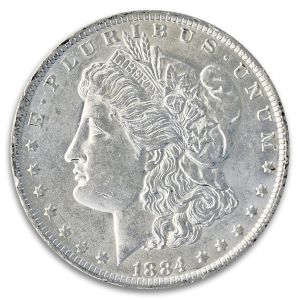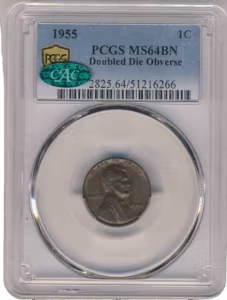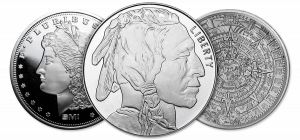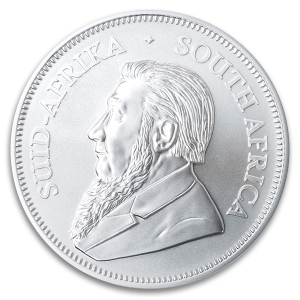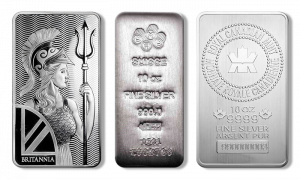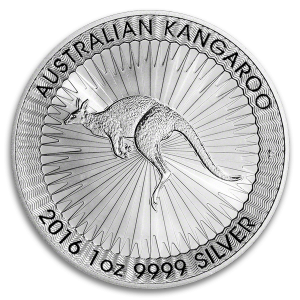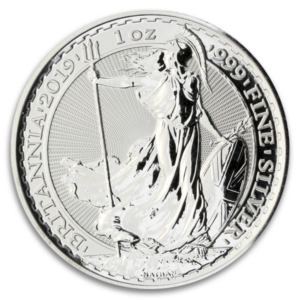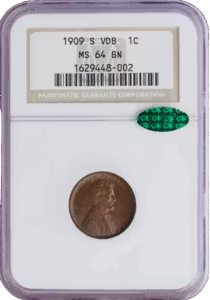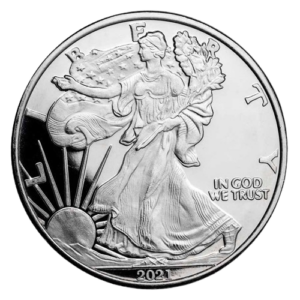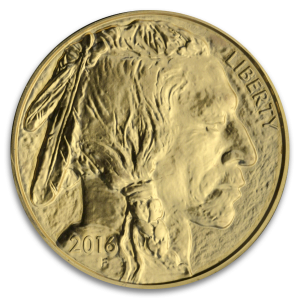1914 $2.50 Indian NGC MS63
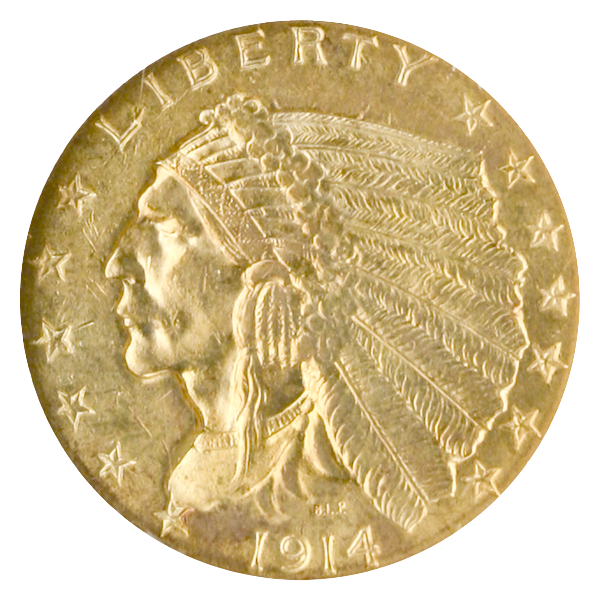
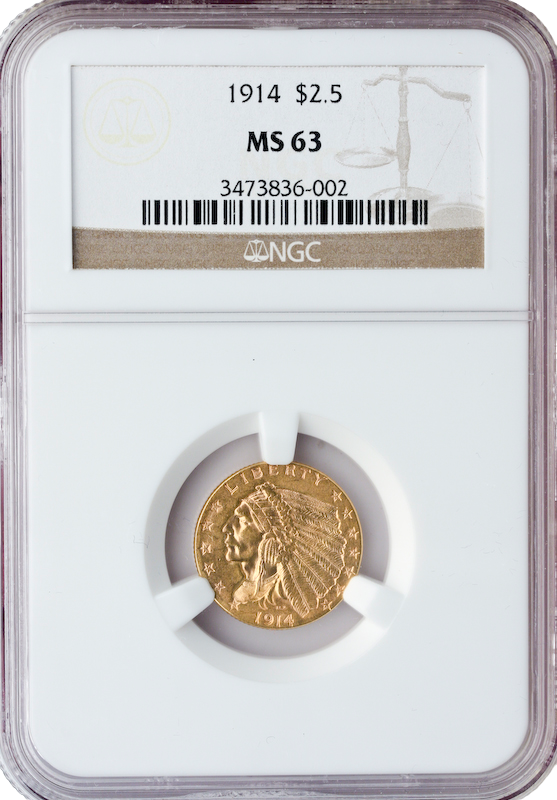

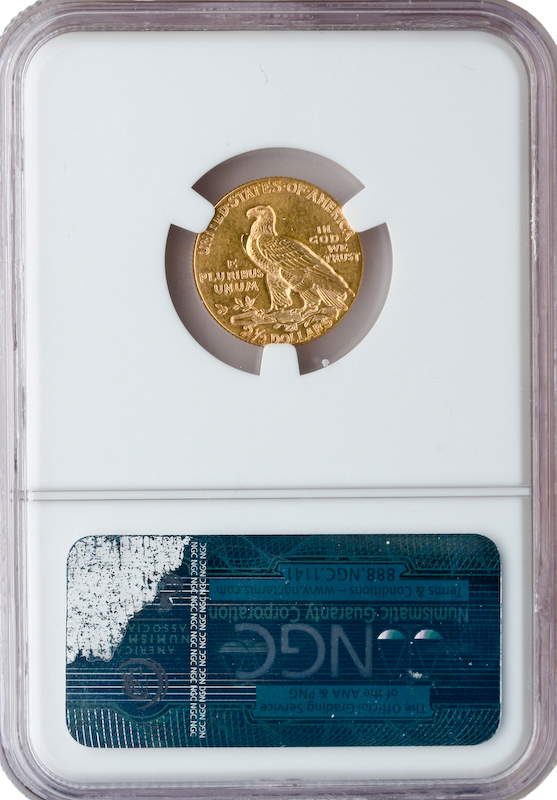





2025/08/27
good
2025/08/26
very easy
2025/08/26
Happy so far
2025/08/26
Easy Order
2025/08/25
?????????
2025/08/23
Good
The 1914 $2.50 Indian Gold Quarter Eagle is a captivating piece of early 20th-century American coinage. Struck at the Philadelphia Mint with a modest mintage of just 240,000 coins, this issue holds special appeal among collectors for its scarcity in higher grades. Certified NGC MS63, this example offers strong visual appeal, crisp design elements, and a well-preserved surface that captures the artistry of its era.
Designed by Bela Lyon Pratt, the Indian Head Quarter Eagle series broke new ground in U.S. coin design with its distinctive incuse relief. Rather than being struck in traditional raised relief, the design is recessed into the surface, creating a unique tactile quality. On the obverse, a Native American chief is portrayed in a feathered headdress, surrounded by thirteen stars and the word “LIBERTY.” The reverse features a majestic eagle standing proudly with arrows and an olive branch, symbolizing both readiness and peace.
The Philadelphia Mint’s 1914 production was comparatively small, and many of these coins entered circulation, where they experienced heavy wear. Others were later lost to gold melts during periods of economic turmoil. As a result, surviving Mint State examples are far scarcer than their original mintage suggests. The MS63 grade represents a well-struck coin with above-average luster and only minor contact marks, making it an attractive choice for advanced collectors.
In hand, this coin displays warm golden-yellow coloration with hints of subtle toning. The satiny surfaces retain original mint sheen, and the design elements are sharply defined, particularly in the chief’s headdress and the eagle’s plumage. The recessed strike style of the Indian Head series often led to weakness in detail, but this example is well-executed, showcasing the craftsmanship of early 20th-century minting.
The Indian Head Quarter Eagle was produced from 1908 to 1929, but certain years, including 1914, have developed reputations for being more challenging in higher grades. Collectors value the Philadelphia Mint issues for their classic design and their place in the history of U.S. gold coinage. The $2.50 denomination also offers a convenient size and gold content, approximately 0.1209 troy ounces of 90% pure gold, making it accessible for both gold investors and numismatists.
Beyond its gold value, the coin’s numismatic appeal is deeply tied to its historical significance. The early 1910s marked a period of innovation in U.S. coin design, with Pratt’s bold departure from traditional raised relief marking a milestone in the Mint’s artistic evolution. The coin also reflects a broader cultural movement of the time, when Native American imagery was celebrated in national symbols.
This 1914 $2.50 Indian Gold Quarter Eagle NGC MS63 is ideal for collectors seeking a coin that balances affordability with historical importance. It fits well into type sets, gold denomination collections, or a dedicated run of Indian Head gold issues. Its CAC verification further affirms that it meets a strict standard for the grade, providing an extra layer of confidence for the buyer.
Owning this coin is more than an investment in gold; it is an investment in a tangible piece of American history. With its limited original mintage, well-preserved surfaces, and timeless design, the 1914 $2.50 Indian from Philadelphia stands as a reminder of the artistry and craftsmanship that define the golden age of U.S. coinage.
| Mint | P |
|---|---|
| Metal | Gold |
| Year | 1914 |
Comparison Chart





